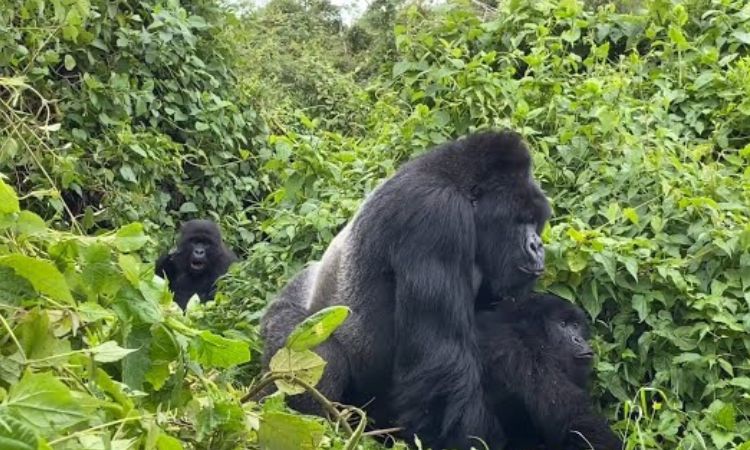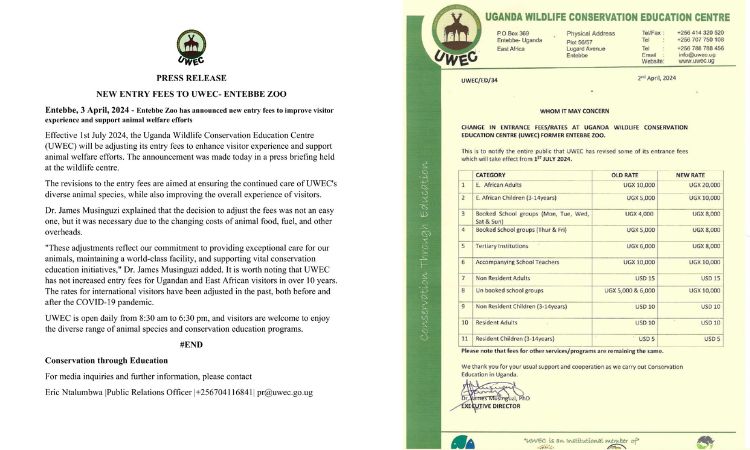Do Gorillas Mate with Their Offspring: A Fascinating Insight
The question of whether do gorillas mate with their offspring is a complex one, rooted in the interplay of biology, behavior, and social structures within gorilla populations.
To address this topic comprehensively, we must explore gorilla social dynamics, mating behaviors, genetic considerations, and the evolutionary mechanisms that shape their reproductive strategies. Lets dive in:
Gorilla Social Structure and Mating Systems
Gorillas are social primates that live in cohesive groups, typically led by a dominant male, the silverback gorilla. There are two main species: the eastern gorilla, which includes mountain and eastern lowland gorillas, and the western gorilla, encompassing western lowland and Cross River gorillas. Their social structure is critical to understanding their mating behaviors.
Gorilla groups usually consist of one or more adult males, several adult females, and their offspring. The dominant silverback, a mature male characterized by the silver-gray hair on his back, typically monopolizes mating rights with the females in his group.
This harem-like structure ensures that the silverback passes on his genes to the next generation. Females generally remain in the group for life, while males often leave upon reaching maturity to form their own groups or live solitarily until they can challenge another silverback for control of a group.
This social organization influences mating patterns significantly. The silverback’s dominance reduces the likelihood of other males mating with females in the group, creating a relatively controlled reproductive environment.
However, this structure also raises questions about the potential for inbreeding, particularly between a silverback and his daughters, as they may remain in the group after reaching sexual maturity.
Gorilla Mating Behavior and Inbreeding Avoidance
Inbreeding, the mating between closely related individuals, can lead to genetic issues such as reduced fertility, increased disease susceptibility, and lower survival rates for offspring.
In many animal species, including primates, evolutionary mechanisms have developed to minimize inbreeding. Gorillas exhibit behaviors and social patterns that generally discourage mating between parents and their offspring.
One primary mechanism for inbreeding avoidance in gorillas is dispersal. In gorilla societies, subadult males typically leave their natal group upon reaching sexual maturity, around 8–12 years of age.
This dispersal reduces the chances of mating with their mothers or sisters. Females, however, are less likely to disperse in some gorilla populations, particularly among mountain gorillas.
Instead, they may transfer to another group when they reach sexual maturity, often around 6–8 years of age, especially if a new silverback takes over the group or if the original silverback dies.
This female transfer is a critical factor in preventing father-daughter mating. When a female gorilla reaches sexual maturity, she may leave her natal group to join another, where she mates with an unrelated silverback.
This movement reduces the risk of inbreeding by ensuring that females reproduce with males who are not their fathers or close relatives.
In cases where females remain in their natal group, the silverback’s dominance and mating exclusivity typically do not extend to mating with his own daughters, as behavioral or biological mechanisms may discourage such interactions.

Do Gorillas Mate with Their Offspring?
Direct evidence of gorillas mating with their offspring is scarce in both wild and captive populations. In the wild, the social structure and dispersal patterns described above act as strong deterrents to inbreeding.
Studies of mountain gorillas in Rwanda’s Volcanoes National Park and western lowland gorillas in Central African forests show that mating between fathers and daughters is rare, if it occurs at all.
Genetic analyses of gorilla populations have found low levels of inbreeding, suggesting that these dispersal and transfer behaviors are effective in maintaining genetic diversity.
In some cases, however, a silverback may remain the dominant male of a group for many years, during which his daughters reach sexual maturity. If a daughter does not transfer to another group, there is a theoretical possibility of mating with her father.
However, observations indicate that silverbacks rarely, if ever, show sexual interest in their daughters. This could be due to behavioral cues, such as familiarity or recognition of kinship, which suppress mating behaviors between close relatives.
Some researchers suggest that gorillas, like other primates, may have an innate ability to recognize kin through social familiarity or chemical cues, such as pheromones, which further reduces the likelihood of inbreeding.
In captive gorilla populations, where group composition is managed by humans, inbreeding risks can be higher due to limited mate choice and restricted dispersal.
Zoos and sanctuaries carefully manage breeding programs to prevent mating between close relatives, using studbooks and genetic testing to track lineage and ensure genetic diversity.
Incidents of parent-offspring mating in captivity are extremely rare and typically result from mismanagement or lack of knowledge about the animals’ relationships.
Modern zoo practices, guided by organizations like the Association of Zoos and Aquariums (AZA) and the European Association of Zoos and Aquaria (EAZA), prioritize genetic health and avoid such pairings.
Evolutionary and Genetic Considerations
From an evolutionary perspective, inbreeding is generally disadvantageous because it increases homozygosity, the presence of identical alleles at a gene locus, which can amplify harmful recessive traits.
Gorilla populations, particularly small or isolated ones like the Cross River gorilla, are vulnerable to genetic bottlenecks, where limited population size reduces genetic diversity.
However, natural selection has favored behaviors that minimize inbreeding, such as dispersal and female transfer, to maintain healthy populations.
Genetic studies, such as those conducted on mountain gorillas by the Dian Fossey Gorilla Fund, show that despite small population sizes, gorilla groups maintain relatively high genetic diversity due to these social behaviors.
Inbreeding depression, where fitness is reduced due to mating between close relatives, is rarely observed in wild gorilla populations.
This suggests that the risk of a silverback mating with his offspring is low and that gorillas have effective mechanisms to avoid such pairings.

Exceptions and Rare Cases
While parent-offspring mating is uncommon, it cannot be entirely ruled out in exceptional circumstances. For example, in highly fragmented habitats or extremely small populations, limited mate choice could increase the likelihood of inbreeding.
Similarly, in groups where a silverback maintains dominance for an extended period and female transfer is disrupted, there may be a higher risk of mating with daughters.
However, field studies have not documented such cases as a common occurrence, and the social dynamics of gorilla groups typically prevent these scenarios.
In captive settings, accidental inbreeding may occur if pedigree records are incomplete or if animals are housed inappropriately. Such cases are rare and are actively mitigated by modern conservation and breeding programs.
For instance, the Gorilla Species Survival Plan (SSP) monitors the genetic health of captive gorilla populations in North America, ensuring that mating pairs are genetically compatible and unrelated.
Broader Implications for Gorilla Conservation
Understanding gorilla mating behaviors, including the avoidance of inbreeding, is crucial for conservation efforts. Habitat loss, poaching, and human encroachment have reduced gorilla populations, particularly for critically endangered subspecies like the mountain gorilla and Cross River gorilla.
Small population sizes increase the risk of inbreeding in the absence of natural dispersal opportunities. Conservation programs, such as those in Rwanda, Uganda, and the Democratic Republic of Congo, focus on protecting habitats and corridors that allow gorillas to move between groups, facilitating gene flow and reducing inbreeding risks.
Captive breeding programs also play a vital role in gorilla conservation. By maintaining genetic diversity and preventing inbreeding, these programs ensure the long-term health of gorilla populations.
Reintroduction efforts, where captive-born gorillas are released into the wild, further emphasize the importance of understanding natural mating behaviors to ensure successful integration into wild groups.



